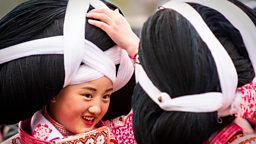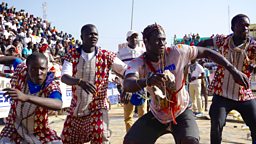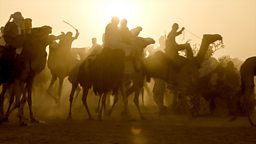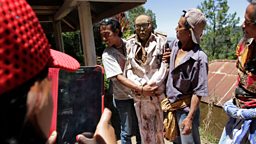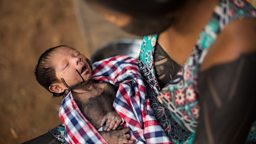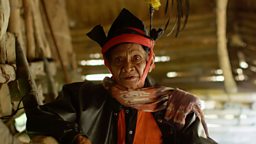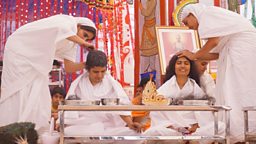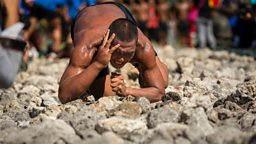Why would you do this?
By , Chief Consultant on the ±«Óãtv Extraordinary Rituals Series and Professor of Social Anthropology, University of Oxford
These kinds of behaviours may seem anomalous – even outlandish – but actually they are remarkably widespread and ancient in human societies.
Kaningara men from the Sepik River region of Papua New Guinea endure extensive cutting of their skin, resulting in permanent scars. Members of Taiwan’s elite military forces crawl over fifty metres of sharp coral. Why?
These kinds of behaviours may seem anomalous – even outlandish – but actually they are remarkably widespread and ancient in human societies. Kaningara men bear their scars proudly, and there is no doubt that the cutting they undergo is painful.
Others undergo protracted ordeals involving burning, whipping, dehydration, and exertion to the point of fainting. Across the Arafura and Coral Seas, on the landmass of Australia, aboriginal groups developed forms of circumcision that completely transformed the appearance of the penis, along with practices such as ‘head-biting’ and evulsion of the fingernails.
Still further away across the Pacific Ocean, Plains cultures of North America performed Sun Dances on the end of ropes attached to their bodies by hooks buried deep under the skin. Meanwhile, Amazonian initiates even today put on gloves filled with angry bullet ants, so named because the sting of a single ant is as painful as a bullet wound and lasts for hours. Examples like these could be multiplied indefinitely.
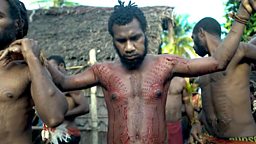
What military groups have long appreciated, but psychologists have only begun to explain scientifically, is that terrifying rituals bind people together – often in situations where loyalty really matters, such as on the battlefield when there may be a strong temptation to break ranks and run away.
the boundary between the core personal self and the social self becomes more porous
Recent research has shown that painful collective rituals create a visceral sense of oneness, that psychologists call ‘’.
Every one of us has a personal self – a set of traits that make us who we are. A lot of these key features come from our past experiences, events that have shaped our lives – our personal autobiography. When these life-changing experiences are felt to be shared with other people – when we feel like they’ve been through what we’ve been through – the boundary between the core personal self and the social self becomes more porous. It becomes harder to say where you end and the social group begins. This is called ‘identity fusion’.

Painful or frightening initiation rituals, for example, serve as life-changing experiences that participants can never forget – and they often reflect deeply on their meaning and significance.

When experiences like these are shared, they fuse people to each other. Rituals like this appear to have been used for thousands of years in small-scale societies, especially ones that needed to bind together young men so that they’d stand by each other on the battlefield or when engaging in other high-risk pursuits like hunting large and dangerous animals.
As societies became much larger with the rise of states and empires, warlike tribes were increasingly pacified and their initiations stamped out – nowadays such rituals are usually only permitted in very high-status groups (e.g. initiation ceremonies in public schools, prestigious universities, and special forces), closely aligned with ruling elites.
Most other groups that perform these kinds of rituals, such as motorcycles gangs, Mafiosi, or terrorist cells, only do so illegally or on the fringes of society.
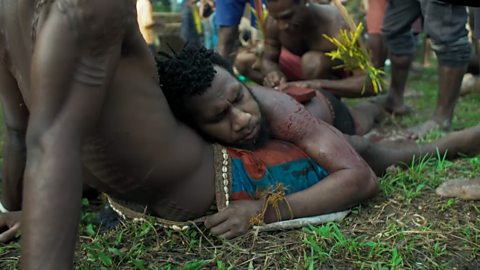
Is this the world's toughest rite of passage?
Perhaps the world's toughest initiation ritual turns boys into men in Papua New Guinea.
